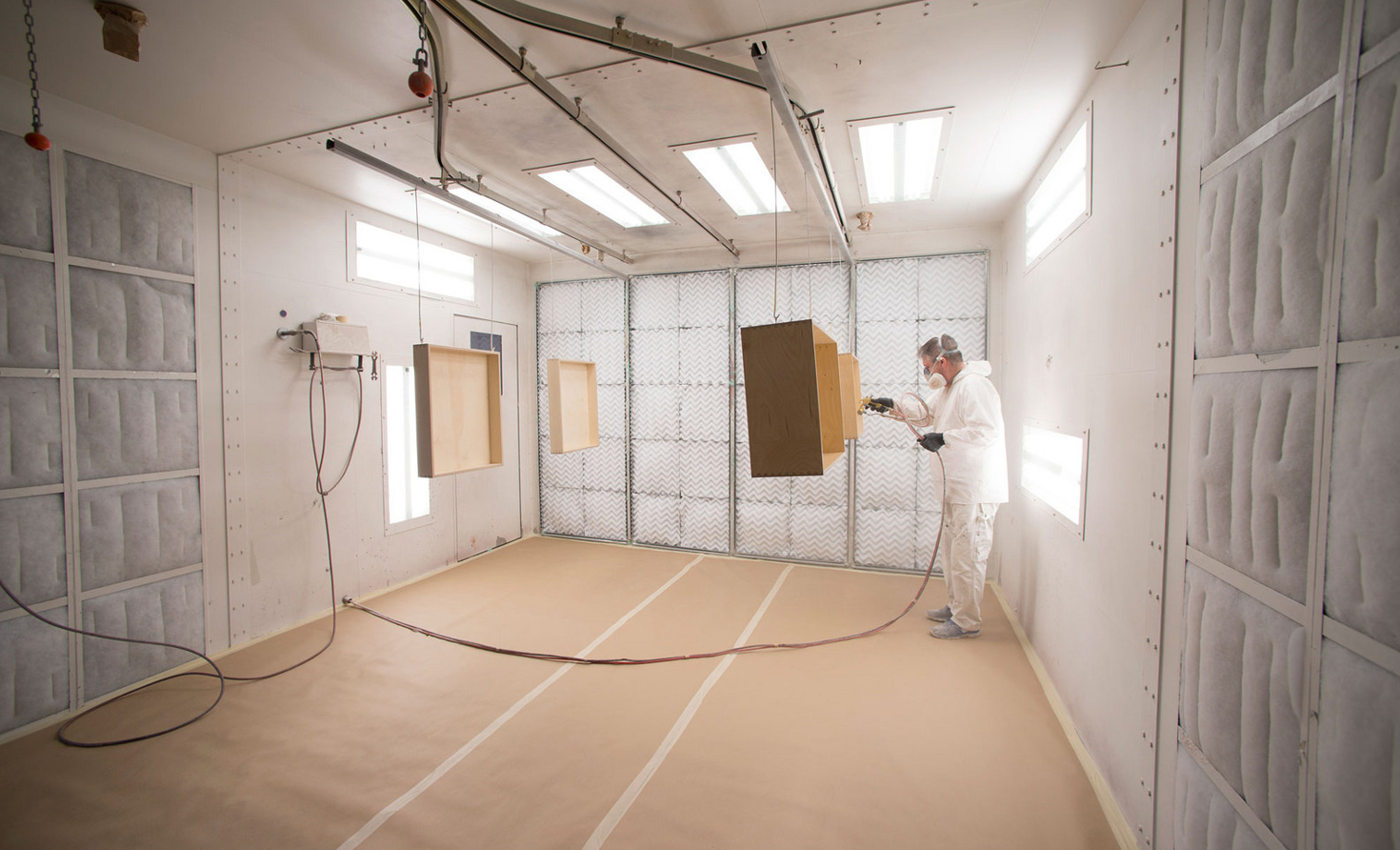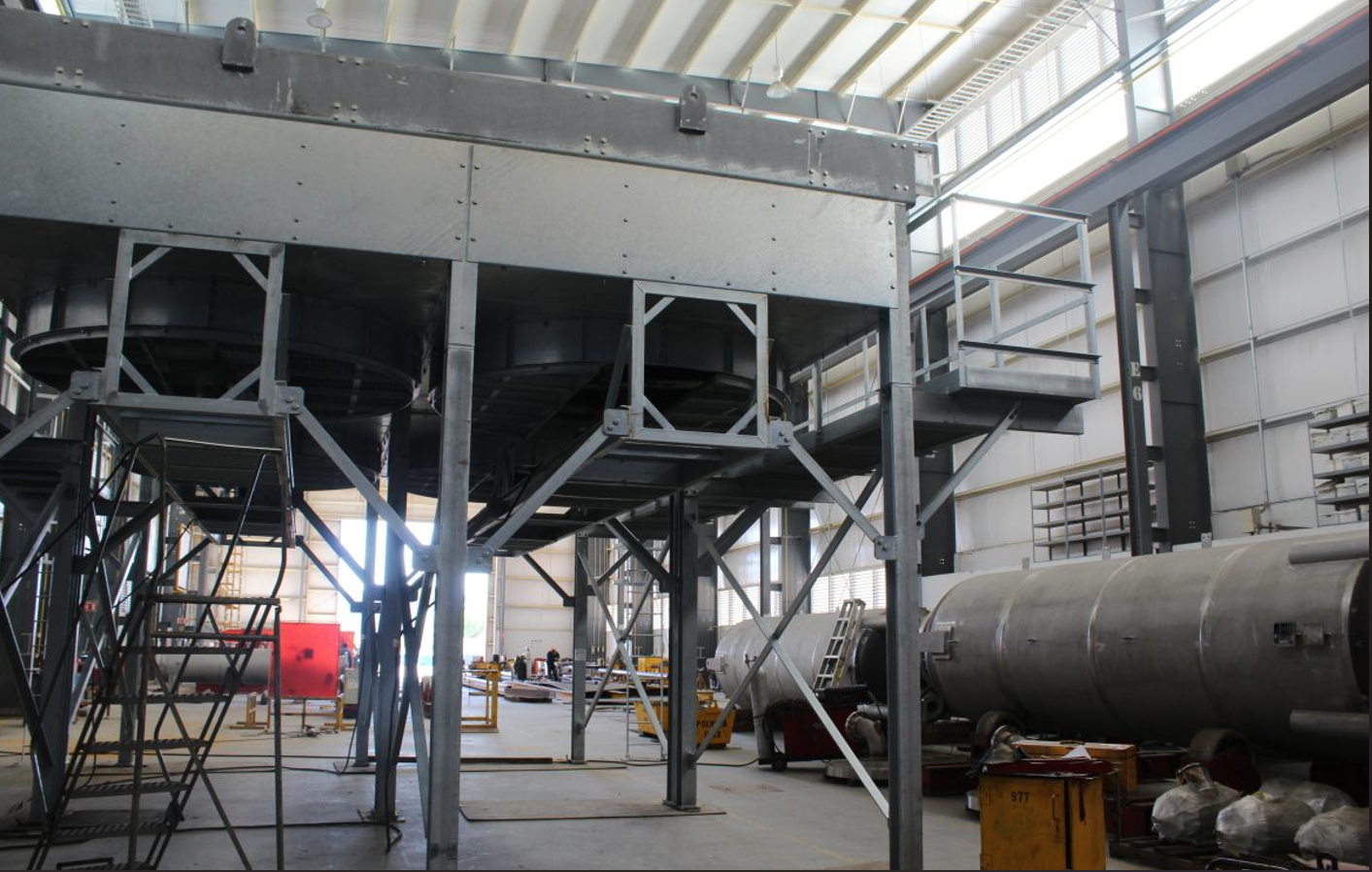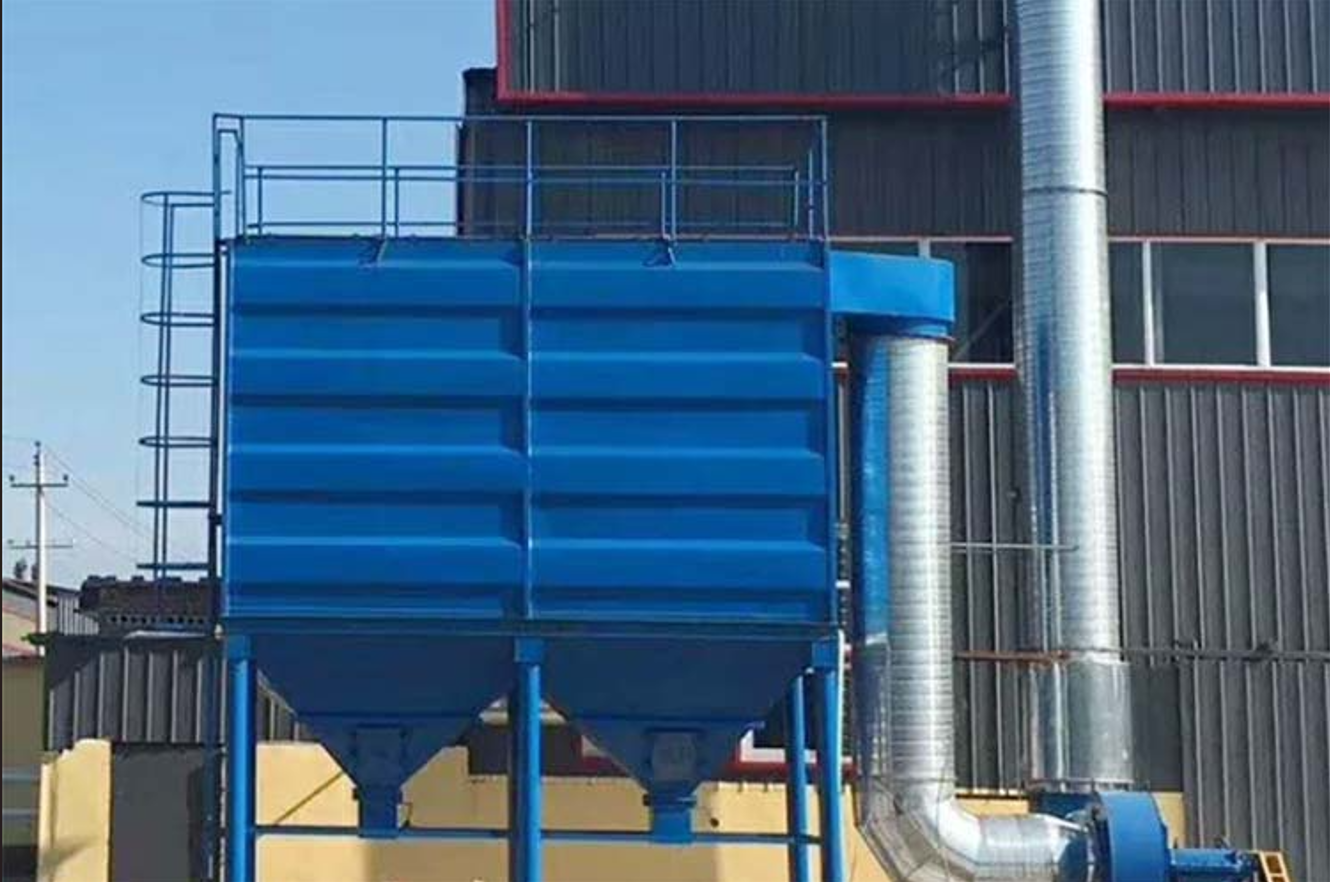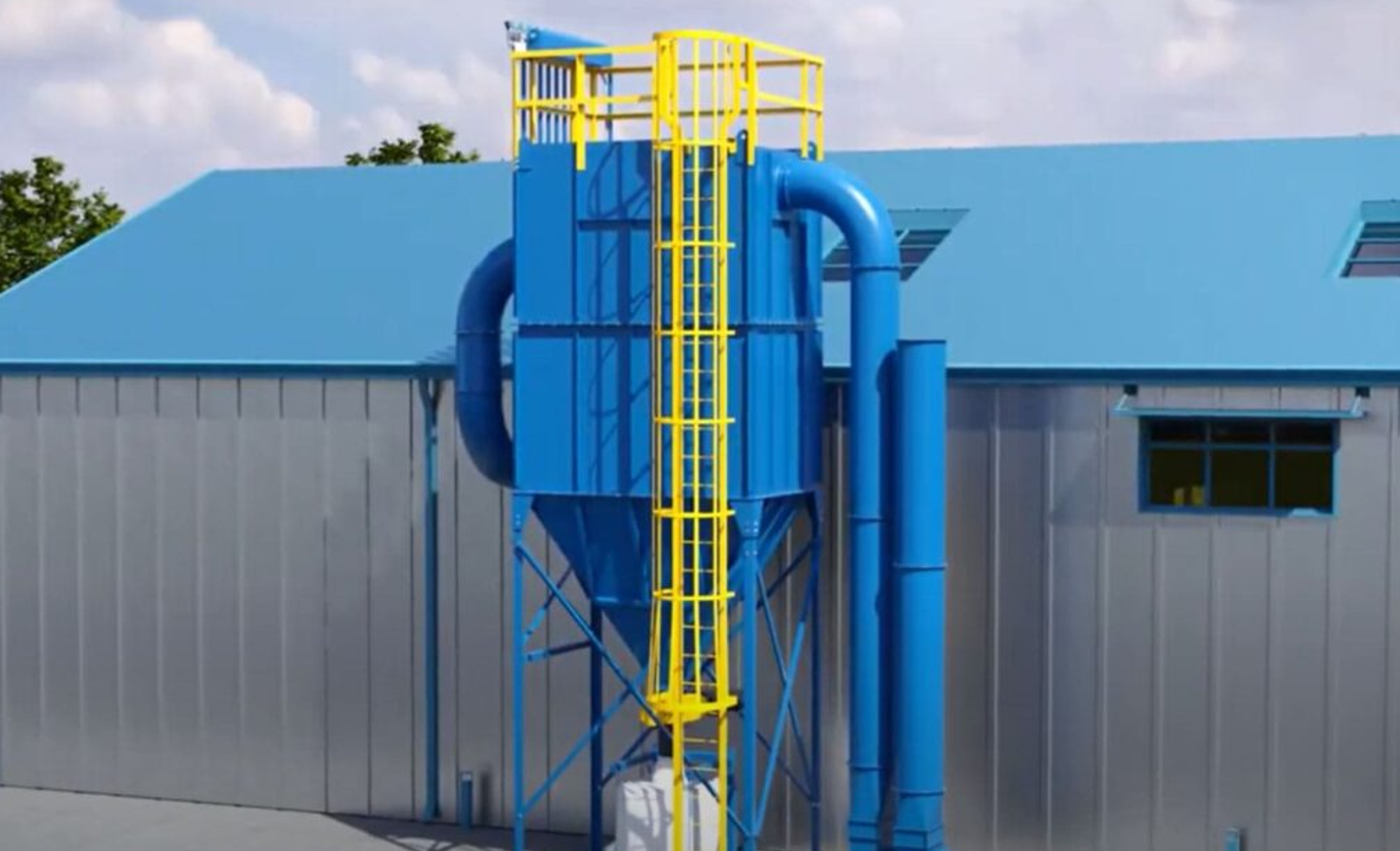Setting up a paint booth is a critical process for ensuring quality finishes, maintaining workplace safety, and meeting environmental regulations. A correctly installed paint booth not only improves efficiency but also helps protect workers from harmful fumes and contaminants. Whether you’re installing one for automotive, industrial, or custom painting, following a structured approach ensures you get the most out of your investment.
Below is a simple, straightforward, and step-by-step guide for proper paint booth installation.
1. Understand Your Requirements
Before beginning, assess what you’ll be painting, the expected workload, and the space available.
- Type of Paint Booth: Choose from downdraft, cross-draft, or semi-downdraft booths based on your application.
- Size & Capacity: Ensure the booth dimensions fit your largest workpiece and allow smooth operator movement.
- Compliance: Check local safety and environmental regulations for ventilation, fire suppression, and exhaust systems.
2. Select the Right Location
The installation location plays a vital role in performance and safety.
- Place the booth in a well-ventilated area with adequate space for operations.
- Please keep it away from welding areas, grinding stations, or other spark-producing activities.
- Ensure easy access to electrical and compressed air connections.
- Plan for a safe exit route in case of emergency.
3. Prepare the Site
A well-prepared foundation is the key to a stable setup.
- Level the Floor: Uneven surfaces can lead to misalignment and poor sealing.
- Clean the Area: Remove dust, debris, and oil stains that could affect installation.
- Utility Setup: Pre-install necessary power lines, exhaust ducts, and air supply connections.
4. Assemble the Booth Structure
Follow the manufacturer’s manual closely for accurate assembly.
- Begin with the wall panels, ensuring each is aligned and securely fastened.
- Install the roof panels and lighting fixtures.
- Fit the doors, checking for smooth operation and airtight closure.
- Use quality sealants to prevent air leaks.
5. Install the Ventilation System
Proper airflow is essential for safe and efficient paint application.
- Mount the exhaust fans and ductwork according to the booth design.
- Position intake filters for clean, dust-free airflow.
- Ensure the system meets the recommended air changes per minute for your booth type.
- Test airflow patterns to avoid dead spots where overspray can settle.
6. Set Up Lighting
Good visibility is crucial for precise painting.
- Use bright, shadow-free LED or fluorescent lights designed for paint booths.
- Install them in explosion-proof fixtures for safety.
- Position lights to illuminate all working areas evenly without glare.
7. Install the Fire Suppression System
Safety cannot be compromised when working with flammable paints and solvents.
- Fit an automatic fire suppression system as per NFPA (National Fire Protection Association) standards.
- Keep fire extinguishers within easy reach.
- Ensure all workers are trained in fire safety protocols.
8. Fit the Filtration System
A multi-stage filtration system ensures cleaner air and a smoother finish.
- Use pre-filters to capture large particles.
- Add high-efficiency filters to trap fine dust and overspray.
- Regularly monitor and replace filters to maintain performance.
9. Connect Electrical and Air Supply
Certified professionals should handle all connections.
- Connect the booth to the main electrical supply with proper grounding.
- Link compressed air lines to spray guns, ensuring stable pressure.
- Install regulators and moisture traps to keep air clean and dry.
10. Test and Inspect
Once the installation is complete, run a full system test.
- Check ventilation, lighting, and filtration performance.
- Measure airflow to confirm it meets required standards.
- Conduct a safety inspection for electrical, fire, and structural compliance.
- Run a trial painting session to check for even finishes and dust-free results.
11. Train Your Team
Even the best booth won’t deliver results without proper handling.
- Train operators on safe booth operation, maintenance, and cleaning.
- Emphasise the correct use of protective gear, such as respirators and gloves.
- Keep an updated safety manual available at all times.
Key Tips for a Successful Paint Booth Setup
- Always follow the manufacturer’s installation guidelines.
- Maintain regular servicing schedules.
- Keep filters clean and replace them on time.
- Never bypass safety systems for faster operation.
- Ensure proper record-keeping for compliance inspections.



